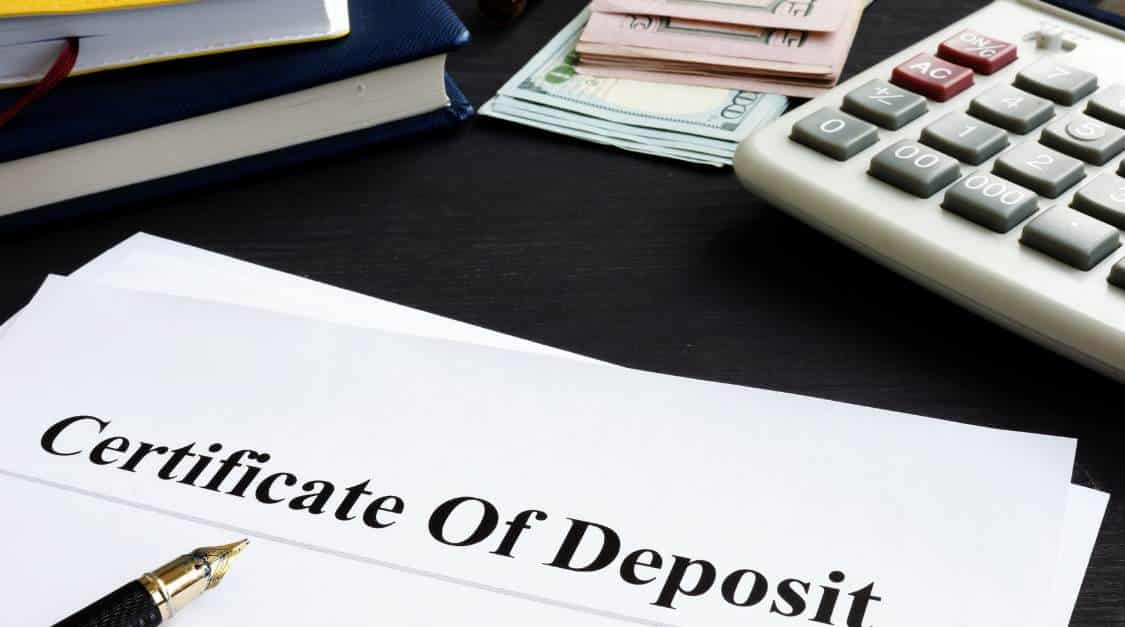When it comes to investing your money, you want to make sure you’re making the right decision.
One of the main choices to consider is between CDs and bonds. CDs and bonds are both popular investment options, but they come with different risks and benefits.
In this blog post, we’ll be comparing CDs vs bonds to help you decide which one is a safe bet or a smart choice for your investment portfolio.
What are CDs and Bonds?
CDs, or certificates of deposit, and bonds are both investment options that allow individuals to earn a return on their money. Let’s start with CDs.
CDs are a type of time deposit offered by banks, credit unions, and other financial institutions. When you open a CD, you agree to keep your money in the account for a specific period of time, usually ranging from a few months to several years.
In exchange for this commitment, you’ll earn a fixed interest rate on your investment. CDs are considered a safe investment because they are FDIC insured, which means that even if the bank fails, you’ll still receive your principal and any accrued interest.
Now let’s move on to bonds. Bonds, on the other hand, are debt securities issued by corporations, municipalities, and governments.
When you invest in a bond, you’re essentially lending money to the issuer in exchange for periodic interest payments and the return of your principal when the bond matures. Bonds are considered a relatively low-risk investment because they are backed by the issuer’s ability to repay the debt.
In summary, CDs and bonds are both investment options that allow individuals to earn a return on their money.
CDs are time deposits offered by financial institutions and provide a fixed interest rate. Bonds are debt securities issued by corporations and governments and offer periodic interest payments and the return of principal at maturity.
CD vs. Bond Basics: The Key Differences
Now that we understand the basics of CDs and bonds, let’s dive into the key differences between these two investment options.
One of the main differences lies in their structure and who issues them. CDs are time deposits offered by financial institutions, such as banks and credit unions, while bonds are debt securities issued by corporations, municipalities, and governments. This distinction affects the level of risk associated with each investment.
Another important difference is the interest rate. CDs typically offer a fixed interest rate for a specific term, while bond interest rates can vary based on market conditions and the creditworthiness of the issuer. This means that with CDs, you know exactly how much interest you’ll earn, while with bonds, there may be some uncertainty.
Additionally, the terms of these investments differ. CDs have a predetermined maturity date, meaning you’ll have to wait until the end of the term to access your funds without penalty. Bonds, on the other hand, can have various maturity dates, and you can sell them before maturity if needed.
Considering these differences is crucial when deciding between CDs and bonds. It’s essential to assess your risk tolerance, investment goals, and liquidity needs. Stay tuned as we explore more factors and considerations in the next sections!
Risk vs. Reward: Analyzing the Trade-Offs
When it comes to investing, one of the most important considerations is the risk vs. reward trade-off. CDs and bonds offer different levels of risk and potential returns, so it’s essential to analyze these factors before making a decision.
Let’s start with CDs. Since they are FDIC insured, they are considered a safe investment. You know exactly how much interest you’ll earn and your principal is guaranteed, even if the bank fails. However, the downside is that CDs typically offer lower interest rates compared to other investments.
On the other hand, bonds offer the potential for higher returns, but they also come with a higher level of risk. Bond prices can fluctuate based on market conditions and the creditworthiness of the issuer.
If the issuer defaults, there’s a chance you may not receive your full principal back. This is why it’s important to carefully research the issuer’s creditworthiness before investing in bonds.
Analyzing the risk vs. reward trade-offs between CDs and bonds requires you to consider your risk tolerance and investment goals. If you prioritize safety and stability, CDs may be the better option for you.
However, if you’re willing to take on more risk for the potential of higher returns, bonds may be a good fit.
Ultimately, it’s crucial to strike a balance between risk and reward that aligns with your personal financial situation and goals. Don’t be afraid to consult with a financial advisor who can provide guidance tailored to your individual needs.
Historical Performance: Which Has Done Better Over Time?
When it comes to investing, historical performance can give us some valuable insights into which option has performed better over time: CDs or bonds.
It’s always important to do your research and consider past performance when making investment decisions, but keep in mind that past performance doesn’t guarantee future results.
Historically, bonds have generally offered higher potential returns compared to CDs. Bonds can be influenced by various factors, such as market conditions, interest rates, and the creditworthiness of the issuer. This means that if you invest in a bond from a reputable issuer and hold onto it until maturity, you have the potential to earn higher returns.
On the other hand, CDs have historically provided more stability and security. They offer a fixed interest rate, which means you know exactly how much you’ll earn over the term of the CD.
While the returns may not be as high as bonds, CDs are considered a safe bet for individuals who prioritize capital preservation and a predictable income stream.
Remember, it’s crucial to consider your individual financial goals, risk tolerance, and investment timeframe when comparing historical performance.
If you’re looking for higher potential returns and are willing to accept some level of risk, bonds may be worth considering. However, if you prioritize stability and guaranteed returns, CDs may be a better fit for your investment strategy.
Factors to Consider When Choosing Between CDs and Bonds
Now that you have a good understanding of CDs and bonds, it’s time to delve into the factors you should consider when choosing between the two.
Here are some important things to keep in mind:
- Risk Tolerance: Evaluate your risk tolerance and comfort level with volatility. If you’re more risk-averse and want a guaranteed return, CDs may be the better choice. On the other hand, if you’re willing to take on more risk for potentially higher returns, bonds may be worth considering.
- Investment Goals: Consider your investment goals and time horizon. If you have short-term goals and need access to your funds within a specific timeframe, CDs may be a good fit. If you have a longer-term investment horizon and are looking for potential growth, bonds may align better with your goals.
- Liquidity Needs: Assess your liquidity needs. CDs generally have penalties for early withdrawal, so if you may need to access your funds before the maturity date, bonds may be more flexible in that regard.
- Diversification: Think about diversification within your investment portfolio. Both CDs and bonds can provide stability and income, but they have different risk profiles. Including a mix of both in your portfolio can help mitigate risk and optimize returns.
- Interest Rates: Stay informed about interest rates and market conditions. CD rates are usually fixed for the term, while bond interest rates can fluctuate. Assess the current rate environment and make an informed decision based on your outlook.
Consider these factors in light of your personal financial situation and goals. It may also be helpful to consult with a financial advisor who can provide tailored advice and help you make an informed decision.
Remember, there’s no one-size-fits-all approach, and what works for one person may not work for another. Ultimately, choose the investment option that aligns with your individual needs and risk tolerance.
Investing Strategies: Incorporating CDs and Bonds in Your Portfolio
When it comes to building your investment portfolio, diversification is key. This means spreading your investments across different asset classes, such as stocks, bonds, and CDs.
By incorporating both CDs and bonds into your portfolio, you can achieve a balance of stability and potential growth.
CDs are a great option for individuals looking for safety and predictability. They offer a guaranteed return and are a low-risk investment. By investing a portion of your portfolio in CDs, you can ensure that you have a stable source of income and capital preservation.
On the other hand, bonds can provide an opportunity for higher returns. By investing in bonds, you can potentially earn higher interest rates than what CDs offer. Bonds also allow you to diversify your investments further by investing in different issuers and sectors. This can help mitigate risk and optimize returns.
When incorporating CDs and bonds into your portfolio, consider your risk tolerance and investment goals. If you’re risk-averse and prioritize stability, allocate a larger portion of your portfolio to CDs. I
f you’re comfortable with some level of risk and are seeking potential growth, allocate a larger portion to bonds.
It’s also important to regularly review and rebalance your portfolio. As market conditions and interest rates change, the performance of CDs and bonds can also vary.
By periodically reassessing and adjusting your investments, you can ensure that your portfolio remains aligned with your financial goals.
Remember, investing is a long-term game. It’s important to stay focused and disciplined, especially during periods of market volatility. By incorporating both CDs and bonds in your portfolio, you can achieve a well-rounded investment strategy that balances risk and reward.





